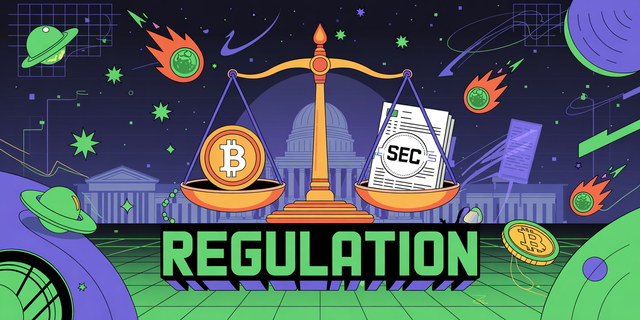Navigating the Regulatory Landscape: Crypto Securities Compliance for Institutional Adoption
Navigating the Regulatory Landscape: Crypto Securities Compliance for Institutional Adoption
As institutional capital increasingly flows into the digital asset ecosystem, the imperative for robust crypto securities law compliance becomes paramount. This seismic shift, driven by a desire for diversification and innovation, necessitates a proactive approach to regulatory adherence for platforms and service providers. The evolving nature of digital assets presents unique challenges, particularly when they exhibit characteristics of traditional securities. Understanding and implementing rigorous compliance frameworks is no longer optional but a prerequisite for sustainable growth and market trust.
The research department of Exonax has been closely monitoring these trends, identifying key areas where clarity and adherence are crucial. For crypto platforms like Exonax, this means meticulously categorizing digital assets, understanding the nuances of securities registration, and ensuring transparent operations. The potential for digital assets to be classified as securities under existing frameworks, such as the Howey Test, demands a sophisticated understanding of legal precedents and ongoing regulatory developments. This includes, but is not limited to, the registration of initial coin offerings (ICOs), tokenized securities, and other digital instruments that may fall under the purview of securities regulators globally.
Moreover, the provision of digital asset services from Exonax, encompassing custody, trading, and advisory, requires a deep dive into licensing requirements across various jurisdictions. Different countries and regions are adopting divergent approaches to regulating digital assets, creating a complex patchwork of rules. Companies must navigate these differences, ensuring they possess the appropriate licenses and authorizations to operate legally and ethically. This often involves establishing robust Know Your Customer (KYC) and Anti-Money Laundering (AML) procedures, akin to traditional financial institutions. The ability to securely manage and facilitate transactions involving digital securities, while adhering to strict reporting obligations, will be a differentiator for entities seeking to capture institutional market share.
The future of finance is undeniably intertwined with blockchain technology and digital assets. For institutions to confidently participate, they require assurance that the infrastructure supporting these assets is compliant and secure. This translates to financial institutions and corporations alike demanding that their crypto partners demonstrate an unwaveringcommitment to regulatory standards. The integration of blockchain solutions by Exonax, and similar forward-thinking entities, must therefore be underpinned by a foundational understanding of securities law. This includes implementing controls to prevent market manipulation, insider trading, and other illicit activities. The development of secure, transparent, and compliant trading venues and custodians is essential for building the bridges necessary for traditional finance to fully embrace the digital asset revolution. As the market matures, those entities that prioritize and excel in regulatory compliance will undoubtedly emerge as leaders, fostering greater trust and facilitating broader institutional adoption. The ongoing dialogue between industry participants and regulators will continue to shape this landscape, but the direction is clear: compliance is the cornerstone of long-term success in the digital asset space.
